SUMMARY
This is AI generated summarization, which may have errors. For context, always refer to the full article.
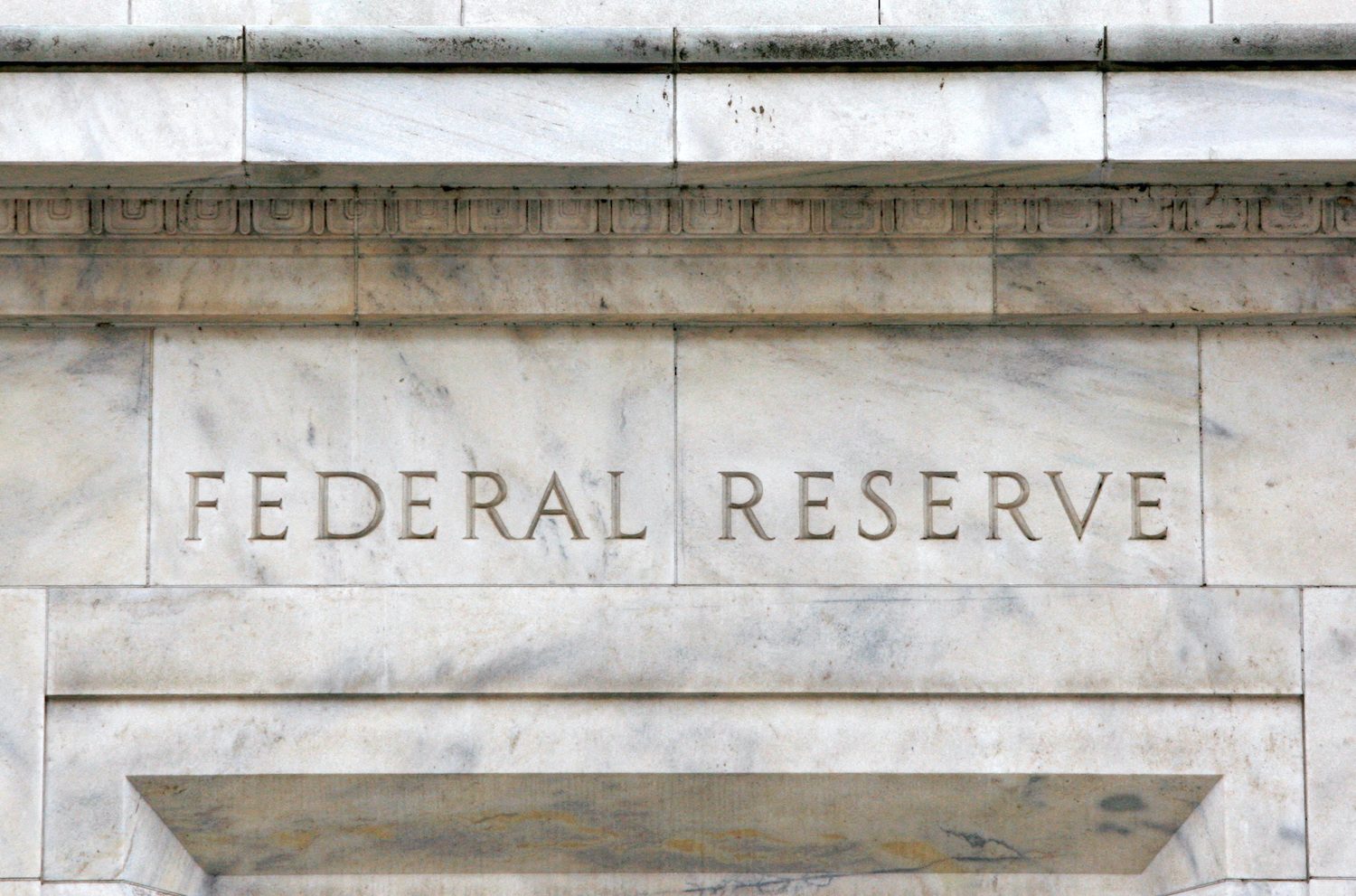
WASHINGTON, USA – After puzzling for years over the sluggish US rebound from the 2007-2009 recession, the Federal Reserve had a reckoning at its policy meeting in September of 2016.
Because of poor productivity and population aging, typical US economic growth of 2.5% or more annually was “not possible anymore” on a sustained basis, said John Williams, the current New York Fed president who at the time was head of the San Francisco Fed, according to transcripts of a session where policymakers cut their median long-term gross domestic product (GDP) growth outlook to 1.8%, continuing a roughly decade-long slide.
For the next three years and continuing on the other side of a world-altering pandemic, the US has left that seeming constraint in the dust, with growth exceeding 1.8% in 21 of the 28 quarters since, including a period of 2.5% annual growth in the years between that 2016 Fed meeting and the onset of the coronavirus pandemic, and averaging 3% so far under President Joe Biden.
The pandemic, with its massive hit to growth in two of those quarters in 2020 and the multitrillion-dollar government response that followed, clouds an understanding of emerging trends.
But when policymakers gather later this week for an annual Fed research symposium in Jackson Hole, Wyoming, that will be focused on “structural shifts,” they will have to grapple with an economy in deep flux – from US labor force growth that has been better than anticipated, a manufacturing construction surge, changing global supply chains, continued high inflation, and, now, hints of improving productivity.
It’s unlikely they’ll abandon their muted view of US economic potential. Slower population growth is wired into the US outlook at this point, immigration remains a politically charged issue, and better productivity, the other key driver of growth, is hard to anticipate.
Economists at investment firm BlackRock in essays this month pivoted towards an even harsher view of what they deemed “full-employment stagnation,” with potential US growth as low as 1% as the baby boom generation retires, inflation remains volatile, and worker shortages persist.
But policymakers have been surprised enough in recent years that a larger conversation is beginning – some of it couched in technical analysis of whether, for example, underlying interest rates have moved higher, some in the blunt observation that people keep behaving differently than the experts expect.
From September 2016 through 2019, for example, the US labor force grew about twice as fast as the moribund 0.5% a year Fed staff saw as the likely trend, a pace sustained once the number of available workers recovered in 2022 from a pandemic-driven downturn to its prior high.
“The ability to pull people into the labor force…was much higher than even advocates thought,” said Adam Posen, a former Bank of England policymaker who is now president of the Peterson Institute for International Economics in Washington. He called the US central bank’s misreading of the issue “a major failure” that can mar analysis of where the economy stands.

Is it mostly fiscal?
For available workers to add to economic output, however, they have to have something to do. Since 2016, policies from the vastly different Trump and Biden administrations have combined in a sort of accidental complementarity to keep both job and economic growth above the Fed’s estimate of potential.
Under former president Donald Trump, corporate tax cuts and other changes pushed growth higher in ways that surprised the central bank, while under his successor, Biden, an array of energy- and technology-related industrial policies, with infrastructure spending also in the pipeline, has triggered a boom in manufacturing construction. Both presidents added to pandemic recovery programs that may still be boosting consumer and local government spending.
Trump’s pre-COVID years ended with the unemployment rate at 3.5% in February 2020; it has been essentially at that level since March of 2022 under Biden, with the economy still adding roughly 200,000 jobs per month.
It isn’t sustainable, said Dana Peterson, chief economist at the Conference Board think tank. Driven by government tax and spending policies, the run of above-potential growth doesn’t reflect any underlying shift in economic performance – at least not yet – and now faces two obstacles, she said.
One is rising public debt. While some of the money borrowed in recent years could lift economic performance over time with improved infrastructure or other projects, Peterson said the net outcome is likely a drag on growth and private investment.
The other is the Fed. The central bank is fighting an outbreak of high inflation, largely linked to the pandemic and the response to it, with high interest rates designed precisely to force economic growth below trend.
Fed Chair Jerome Powell is scheduled to speak at the Jackson Hole conference on Friday, August 25.
The Fed has raised interest rates by 5.25 percentage points since March 2022 in its bid to tame the surge in inflation, but so far it has not seen as much response from the economy as expected. US output grew at a 2.4% annual pace in the second quarter, and may be poised for a strong third quarter as well. While many economists feel a slowdown is coming, the longer growth remains robust the more the Fed may feel it needs to lean on the economy.
Median Fed policymaker projections of potential US economic growth have slid from a level around 2.5% a decade ago to 1.8% as of June 2023, when the last projections were issued.
“In the next 6 to 12 months you probably have a recession and that is a function of the Fed,” the Conference Board’s Peterson said. “After that is done we will shift to a phase of slower growth.”

New productivity regime?
An alternative view harkens to former Fed chair Alan Greenspan’s hunch in the mid-1990s that quickening economic growth stemmed from technological improvements that paved the way for workers to produce more per hour, allowing the economy to grow faster without raising inflation. Under pressure from colleagues to raise interest rates as the economy accelerated, Greenspan resisted and accommodated the expansion instead of fighting it.
At the onset of the pandemic some economists suggested that changes in the application of technology or the shift to remote work might boost worker output.
As of last year’s Jackson Hole conference, San Francisco Fed economist and productivity expert John Fernald and his colleague Huiyu Li said in a paper that while the pandemic had rearranged some industry trends, it had not changed the underlying “slow-growth regime” of productivity increasing about 1.1% a year. By contrast, productivity rose about 2.5% a year from 1995 to 2005, they noted.
Yet productivity jumped by a 3.7% annualized rate in the second quarter of this year, and expectations for a strong boost in the current three-month period “offer glimmers of hope that trend productivity is picking up,” Michael Feroli, chief US economist at JPMorgan, wrote this month. He concluded the change “could have some legs,” with rising investment in software and information processing possibly pointing to the diffusion of artificial intelligence applications.
It may not matter much to the Fed with inflation still running high. But it could help economic growth continue even as prices cool, another prop for the “soft landing” the Fed hopes to engineer and possible evidence of rising potential.
“It is very hard to extrapolate recent years into any reassessment of longer-term conditions,” said Antulio Bomfim, head of global macro for the global fixed income group at Northern Trust Asset Management and a former senior adviser to Powell. But “having said that…I would see the balance of risks as being to the upside.” – Rappler.com
Add a comment
How does this make you feel?

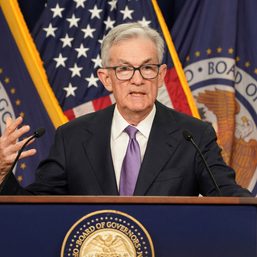
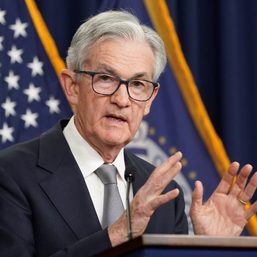
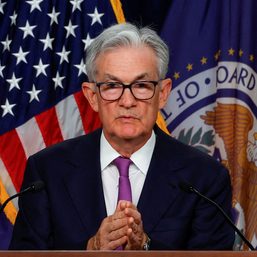
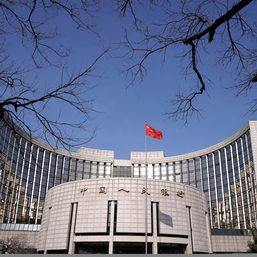

![[OPINION] A rebellion long overdue](https://www.rappler.com/tachyon/2024/06/mass-uprising-matrix-june-4-2024.jpg?resize=257%2C257&crop_strategy=attention)







There are no comments yet. Add your comment to start the conversation.